BMW iDrive: The ultimate guide
Everything you need to know about BMW's world-beating infotainment system
This is it, the daddy, the in-car infotainment system that really got things started. Yup, it's BMW iDrive.
Early versions of BMW iDrive came in for some serious flack. And it's true BMW may have taken a leaf too many from Apple's guide to interface simplification.
With just a twiddly, clickable wheel and no shortcut keys, the first iteration of iDrive certainly came with a steep learning curve.
Since then, several other alternatives to iDrive's wheel-based input have come along, including touchscreens, touchpads and Lexus's peculiar puck device. Voice control is in the mix, too, even if it's yet to become truly reliable and effortless to use.
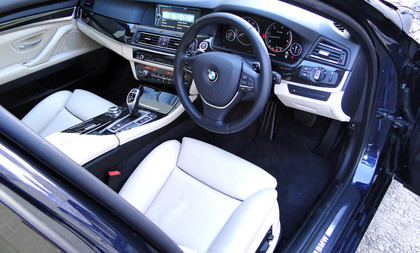
But iDrive hasn't stood still. Constant revisions to both the input method and feature set have kept iDrive at the cutting edge. What was once a rather static system has become a more dynamic, connected and app-aware platform.
What is iDrive?
At its heart, iDrive is a classic, does-everything in-car infotainment system. It's a proprietary platform engineered in-house at BMW and includes all of the traditional in-car features, along with a number of more innovative "connected" capabilities.
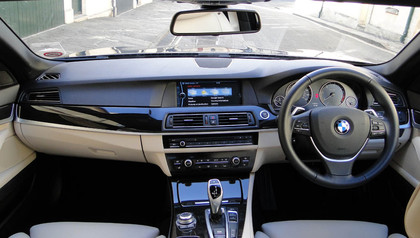
The basics include navigation, audio and video entertainment, trip computers, car status information including servicing, tyre pressures and more, mobile telephony, bluetooth and a range of connected features.
Get daily insight, inspiration and deals in your inbox
Sign up for breaking news, reviews, opinion, top tech deals, and more.
As for input methods, iDrive sticks with its tried and tested wheel-input, augmented by a range of shortcut keys for quick-jumping through the interface, along with voice input for hands-free control.
Updates to iDrive have seen ever greater focus on support for smartphone syncing, as well as wireless and internet connectivity. The latter is part of BMW's ConnectedDrive, which is essentially an internet-enabled subsystem within iDrive.
iDrive is available across the full range of BMW passenger cars. It's a pretty consistent experience, but features and functionality do vary, both from model to model and also in terms of optional features.
Pricing and the level of standard features also vary considerably across BMW's range. But to give you a couple of examples, the entry BMW Business navigation system with iDrive on a new 320d is yours for £1,550, over which you'll need to pay extra for certain features such as enhanced Bluetooth and internet access. On a 640i coupé, by contrast, most iDrive features come as standard. As ever, it's complicated.
What's iDrive like to use?
It's big on clarity and intuitiveness, that's what. iDrive arguably has the slickest and clearest interface of any of the major in-car interfaces, with its closest competition coming from Audi's MMI.
Large, high quality and high resolution LCD screens are also typically part of the iDrive mix, though screen sizes vary from model to model. Extra-large displays are optional on some models but standard on others. We'd recommend going for the largest available screen, since upgrades are more or less impossible.
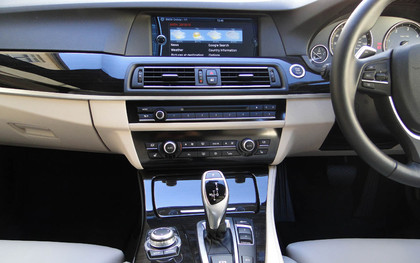
iDrive's wheel input has been refined over the years and now includes shortcut keys, enabling you to jump directly from one part of the interface to another, say from navigation to radio, to quickly go back or go straight to the main menu.
For the most part, it works as well or better as any in-car control system. The one exception is inputting text. Using the wheel to scroll through characters is pretty tedious. Touchscreen-based systems are much better for address inputs or entering search terms.
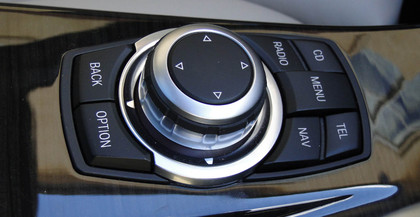
As we'll see, however, iDrive has some clever features that help offset this shortcoming. Indeed, thanks to a range of new internet-enabled features courtesy of ConnectedDrive, there's plenty of surprise and delight on offer, including features and apps that make BMWs fun and easy to live with. Hold that thought.
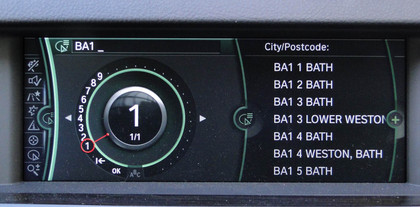
iDrive also has full voice control. This is a bit of a polarising feature. As voice control goes, iDrive's is pretty good. But we think it falls short of the speed, accuracy and ease of use that has so far eluded pretty much all voice control systems. And that includes Apple's Siri.
Is the navigation any good?
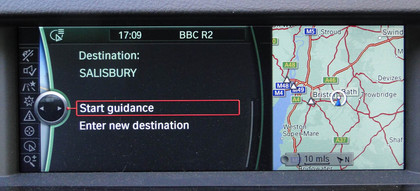
Navigation has always been one of iDrive's strongest features. It was one of the first built-in navigation systems to support full seven-digit UK postcodes. Hard to believe, but some factory sat navs still lack full postcode support.
Maps-wise, iDrive has most of the bases covered, with both top-down 2D and pukka 3D views. The latter includes detailed 3D models for major buildings and landmarks. It all looks very pretty, even if we're not convinced of the practicality of full 3D modelling in built-up areas. It tends to obscure the route ahead. Happily, the buildings and models are switchable, so you can still use the 3D view without the extras, if you prefer.
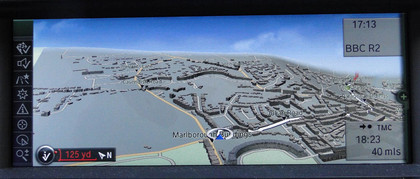
One area where iDrive's nav has lagged behind the best aftermarket units, including TomTom and Garmin devices, is traffic data. Like several built-in navs, iDrive has offered RDS-TMC traffic info for a while. It's better than nothing, but not nearly as detailed or up-to-date as the likes of, say, TomTom's HD Traffic, which draws data from cellular phone networks to create a detailed, real-time picture of traffic conditions.
Fortunately, BMW recently introduced RTTI or Real-Time Traffic Information. The shizzle here is a combination of traditional TMC data with newfangled traffic data based on mobile phone movements, just like TomTom HD Traffic. In Europe, it's currently available for the UK, Germany, Italy and France.
However, where things get really clever is support for Google Send to Car. The idea here is to use Google Maps on a PC, Mac, tablet or mobile phone to find destinations or plot out routes with multiple waypoints. You can then use your BMW profile to fire them directly to your car. The next time you hop in, it's a simple matter of a single click to accept the data and slap it straight into iDrive's nav system.
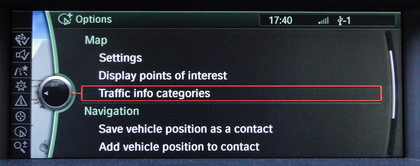
It's a really useful feature and enables, for instance, phoning back to the office and asking a co-worker or assistant to fire over new destinations or routes on the move. You can even ring BMW Assist and have them help.
The final nav-relevant feature is Google Search. It's becoming more widely available from a number of different car manufacturers. So it's nothing unique to BMW. Nor is it quite as useful as you might think. Partly, that's because BMW has yet to implement 3G connectivity (more on that in a moment) and searches using the EDGE connection are painfully slow. But it's still better than your typical built-in Points of Interest database.
What about smartphone integration and Bluetooth?
It's no secret that BMW has shacked up pretty cosily with Apple when it comes to smartphone support. That starts with great support for music playback from iPhones, iPods and iPads. In simple terms, that means you can plug your Apple device in via a wired connection and have full access to your music library, including album art.
You also have the option of streaming music wirelessly via Bluetooth. That gives you fewer options over playback via the car's controls – essentially, you're limited to play, pause and next or previous tracks.
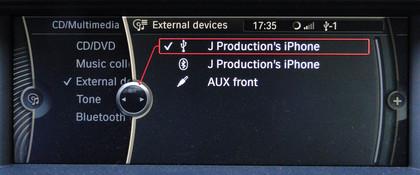
Where iPhone and iPod integration goes to the next level is the iPod Out feature. It's all about allowing your iPhone to port interfaces and applications directly onto the main iDrive display. Essentially, BMW realises that smartphone tech develops much more rapidly than built-in infotainment systems. So allowing smartphones to drive at least some of the features makes an awful lot of sense.
As far as we're aware, iPod Out itself is currently restricted to media playback functionality. It's been out for a little while now and doesn't seem to be progressing terribly quickly. As this BMW video shows, the initial idea was a little more ambitious. However, confusingly, there's another interface called BMW Apps, again driven by iPhones, that does have a lot more functionality. You can read about that in the Connectivity and apps section of this guide.
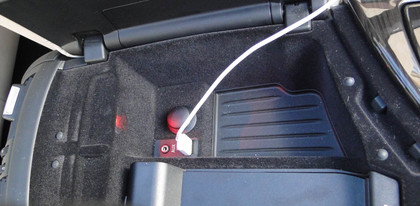
One exception to all this Apple love is the My BMW Remote app, which is also available for Android. You can read more about that in the Connectivity and apps section of this guide.
Finally, as you'd expect iDrive has comprehensive Bluetooth support. In our experience, syncing handsets is usually a painless process with iDrive – including the transfer of contacts - and you can have up to three Bluetooth devices sync'ed at the same time. That's hand if, for instance, the driver wants to have his handset sync'ed for phone calls while the passenger streams music off another device.
Does it have internet connectivity and apps?
iDrive's ConnectedDrive subsystem is expanding fast, so not only it is a moving target, we'd could write a book on the full feature set. But here are some key highlights.
We've already covered Google Send to Car and Google Search in the Navigation sections, so let's start with the My BMW Remote app. Compatible with iPhones and Android handsets, the app gives BMW owners remote access to their vehicle via a smartphone.
The app does quite a few weird and wonderful things, including locking and unlocking the vehicle remotely and showing its location on a map. With some BMW models, you can even flash the lights or honk the horn. Handy if you've lost the thing in that public car park. It does happen!
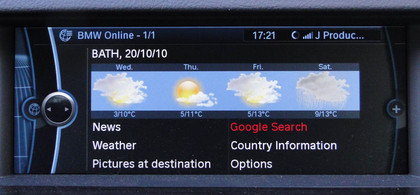
Next up is the broader issue of internet connectivity. This is one of our few serious bugbears regarding iDrive. For reasons that baffle us, BMW is still using EDGE connectivity. That's right, brand new BMWs being sold today don't have 3G connections.
Actually, that's not quite true. They do have 3G connections, they're just not enabled. When we asked BMW about this at the recent 6 Series Gran Coupé launch, we were told it's because 3G network coverage isn't yet comprehensive. That's correct, but it's no reason not to use it where available.
Another area where BMW is a little behind the curve is in-car Wi-Fi hotspots. It does offer the BMW Car Hotspot, but that's essentially a standalone device that's not integrated with iDrive.

As for apps, may we introduce you to BMW Apps. Again, this is an iPhone-only feature that requires an app installation on your handset. You then plug an iPhone into your BMW and drive a number of apps including Facebook, Twitter and internet radio. These features use your handset's internet connection, so aren't limited by iDrive's EDGE connection. You can learn more about BMW Apps in this video.
The other major app is BMW Link. Designed to be used with a cradle, known as the BMW Station, BMW Link enables you to use an iPhone in place of the built-in infortainment system. You get a custom portrait interface on your iPhone that majors on big buttons for ease of use on the move. Functions include music playback, navigation, Google local search and more.
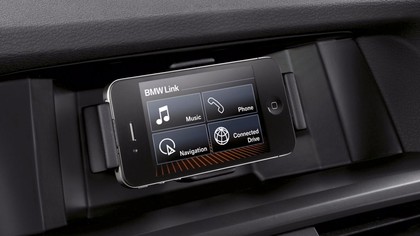
iDrive also has a few built-in features that you might class as apps, including email support with voice control. In theory you can dictate emails and texts. In practice, we doubt you'll bother, since the voice recognition remains too clunky.
And what about the entertainment?
With a platform this advanced, you'd expect plenty of music playback options, and you'd be right. Strictly speaking, some parts of the music system aren't covered by the iDrive umbrella. Things such as speaker upgrades or DAB radio are separate options.
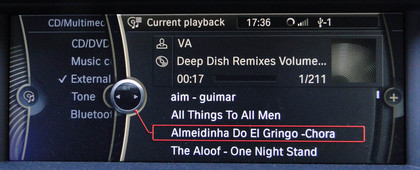
Features also vary by model, with some available with local hard drive storage and CD ripping capability with track naming thanks to the Gracenote database. Frankly, that's pretty old school. What matters more is that iDrive supports playing music straight off USB flash drives and other mass storage devices, as well as the aforementioned Bluetooth streaming and iPhone syncing options.
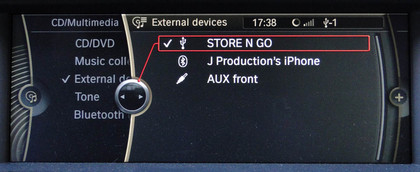
Put simply, when it comes to music playback, iDrive has all the important bases covered. Some versions also support video playback including DVDs. The picture quality is great on the main iDrive screen, but like hard drive music storage, it's not a feature we'd make much use of. Likewise for the DVB-T TV tuners, which are available on selected models.
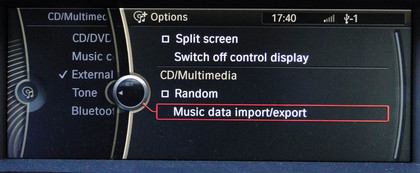
Do we rate iDrive overall?
The entire car industry is currently in flux when it comes to in-car tech. Fortunately for BMW, it's been chipping away at this stuff for years.
Sure, BMW has made mistakes along the way and iDrive isn't perfect. But it's also forgotten more than most car manufacturers have even begun to learn and iDrive is probably the best full-feature in-car platform on the market today.
Only Audi's MMI and perhaps Mercedes COMAND run close, though BMW's sub-brand MINI has its own excellent MINI Connected platform that has a slightly different take on infortainment.
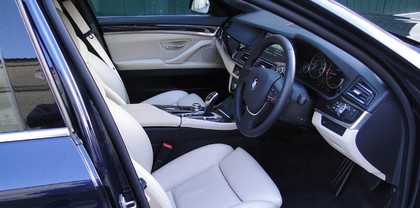
That's not to say iDrive couldn't be improved. In some situations a touchscreen would be very welcome, for instance. BMW's voice control is much like that from other major manufacturers, too, which is to say of occasional use at best. BMW could also do better when it comes to internet connectivity, both for iDrive itself and vehicle occupants. Audi's MMI has it well licked in that regard.
What's more, the iDrive related options list is fiendishly complex and the pricing can be painful, especially lower down the BMW range where standard features are scarce. We doubt most buyers are really clear where iDrive starts and ConnectedDrive ends, or how they relate to other in-car systems.
The problem here is car makers' and dealers' addiction to earning extra cash by milking customers via the options list. With punters increasingly used to smartphones and tablets with epic functionality as standard, we're not sure how much longer that can last.

But none of that detracts from the good stuff, including a great looking interface, excellent navigation, especially with the real-time traffic box ticked, high quality screens, well designed menus and plenty of functionality.
Features such as Google Send to Car are genuinely useful, though not unique to iDrive, and will make you wonder how you managed without them. Others, such as BMW Apps, are more non-essential pleasures that make you glad you bought a BMW.
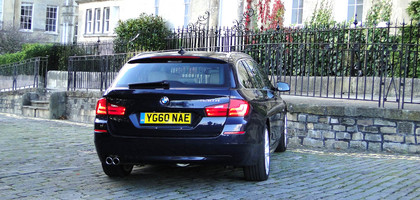
On the subject of smartphone support, iPhone owners will be ecstatic. There's a high level of iPhone, iPod and iPad integration on offer. Android and Windows 7 users, not so much.
For the future, BMW is already dabbling with the idea of using your phone to augment and even replace the built-in iDrive system via the BMW Apps, iPod Out and BMW Link apps. So, whatever way the industry goes, BMW is bang on the bleeding edge. If you're buying a new car today and infotainment clobber is a high priority, BMW should be at the top of your shopping list. It's that simple.
Technology and cars. Increasingly the twain shall meet. Which is handy, because Jeremy (Twitter) is addicted to both. Long-time tech journalist, former editor of iCar magazine and incumbent car guru for T3 magazine, Jeremy reckons in-car technology is about to go thermonuclear. No, not exploding cars. That would be silly. And dangerous. But rather an explosive period of unprecedented innovation. Enjoy the ride.